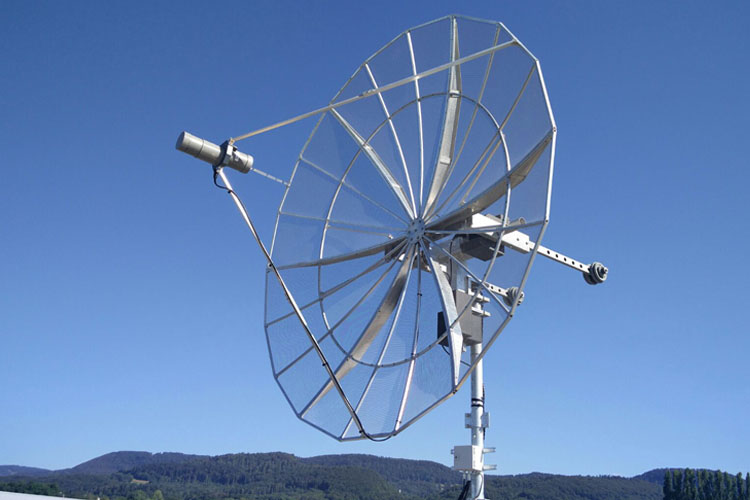Geo stationary satellite is also known as geosynchronous satellites and it’s one of the satellites in geosynchronous orbit with an orbital period same as the earth’s rotation period. This kind of satellite returns to the same position in the sky after each sidereal day. Geo stationary satellite is one of the special cases of geosynchronous satellite and it has a geostationary orbit which is a circular geosynchronous orbit directly about e the earth’s equator. There is a unique quality in the geostationary satellites that they will remain permanently fixed in exactly the same position in the sky as viewed from any fixed location from the earth. This kind of satellites usually used for communication purposes and the geosynchronous network is a communication network based on communication with or through geosynchronous satellites.

How the concept of these satellites emerged?
In 1928 this concept was first proposed by Herman Potocnik but popularized by the science fiction author Arthur C. Clarke. The first geosynchronous satellite was syncom 3 which was launched on August in64 with a delta D launch vehicle. America’s first domestic and commercially launched satellite which is launched by Western Union and NASA was named Westar 1.Inclined orbit is that geosynchronous satellite orbit which is not exactly aligned with the earth’s equator and when the angle between the orbit and the equator decreases then the magnitude of this oscillation becomes smaller on the other hand when the orbit lies entirely on the equator in a circular orbit the satellite remains stationary relative to earth’s surface.
What are the advantages or disadvantages?
These satellites appeared to be fixed at a particular position over the equator. Antennas on the earth do not need to track such satellites for receiving and transmitting. But these antennas can be fixed in place and these are much less expensive than tracking antennas. One disadvantage is a result of their high altitude as radio signals take approximately 0.25 seconds to reach and to return from the satellite and this delay can increase the difficulty of telephone conversations and it also reduces the performance of common network protocols. There are some advantages also which include high temporal resolution data, tracking of a satellite by its earth station is simplified and satellite is the same position. One of its disadvantages is incomplete geographical location or geographical coverage which again create some of the difference in the communication.

